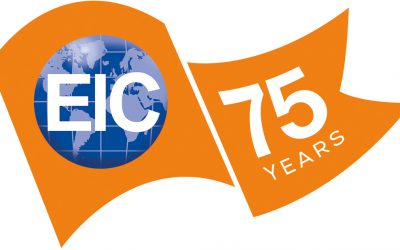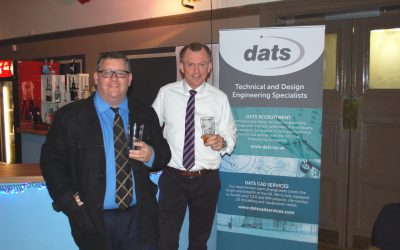
What do you think of when you hear the term “virtual reality?” For many people, it’ll evoke images of headset-sporting gamers at tech conventions, or perhaps it still seems like the stuff of science fiction, rather than real life. In fairness, there’s merit in both thoughts.
Firstly, the gaming industry is still undeniably the place where you’ll find the liveliest, most committed applications of VR technology. Secondly, for a long time VR has been viewed with scepticism, relegated to “not quite-there-yet” status. However, the progress it’s made in recent years is unprecedented. And as often happens when technology evolves, surprising new uses for virtual reality are already starting to emerge.

Companies in the Construction, Design and Engineering sectors, for instance, are now exploring the ways in which VR could optimise their workflow. It makes sense when you think about it. Before Computer Aided Design swept in and rendered the old methods obsolete, engineering was an inherently more tangible experience. It required more real-world interactions – in the workshop or on the factory floor, using tools and geometry. CAD has reduced the need for some of these processes, but ultimately the ability to interact with a project in a physical space, is still an essential part of the job, despite being made easier through advancements such as point cloud scanning. If VR becomes a key component of CAD software, we can soon expect to see designers and engineers producing work entirely in the virtual world.
In theory, the technology could allow product designers to create a digital prototype without the need for a physical copy, reducing costs. Furthermore, an immersive, highly detailed visualisation of the product could bring clarity to complicated assemblies, demonstrating how the different components interact with one another, and highlighting any problem areas. It could also offer great benefits to the Construction and Building Services industries, in addition to the significant advancements we’re already seeing through things like 3D modelling and point cloud scanning.
VR could offer easier, more efficient ways to make sense of this information. After all, when you’re using a 2D screen to display a 3D design, you’re not seeing it as it “really” is. VR would lend itself to a more tactile, “hands-on” approach to clash detection. While software packages such as Revit and Navisworks do provide invaluable diagnostic tools for these purposes, being able to view these clashes in a virtual space could add new insight to the coordination process.
Examples of VR being used this way are already out there, but it’s still unclear whether it will become the standard operating procedure or remain on the industry fringes. For one thing, it depends on how well virtual reality is integrated into CAD services and software packages. Autodesk currently offers VR compatibility with 3DS Max and Revit, as well as programs tailored to virtual experiences such as VRed and Project Play. According to their website, the USP of these products is that they “let you navigate data-rich design environments, so you can make better-informed decisions and create compelling experiences.”
The growth of any new technology in the marketplace depends on whether companies believe it adds value to their business, and currently, that remains to be seen. Watch this space!
Need help with your CAD project? Contact our CAD designer team and view our work here. Alternatively, contact our CAD recruitment team for help with your next CAD or design role here.
New Procurement division launched
Our extensive network of procurement professionals has increased significantly over the past couple of years. This has led to us now officially launching a dedicated team which will specialise exclusively in the procurement market, allowing us to further expand upon...
DATS becomes EIC member
We’re pleased to announce that we have become members of the Energy Industries Council (EIC). Benefiting both our candidates and clients, we gain access to market leading information and new opportunities that become available within the energy sector and across the...
Proud sponsors: Oktoberfest
DATS was pleased to once again sponsor Warrington Rotary Club’s Oktoberfest, held at the Parr Hall on 11th-13th October. We sponsored both a keg and the gin and fizz bar at the event which helps to raise money for local charities. Recruitment Design All




